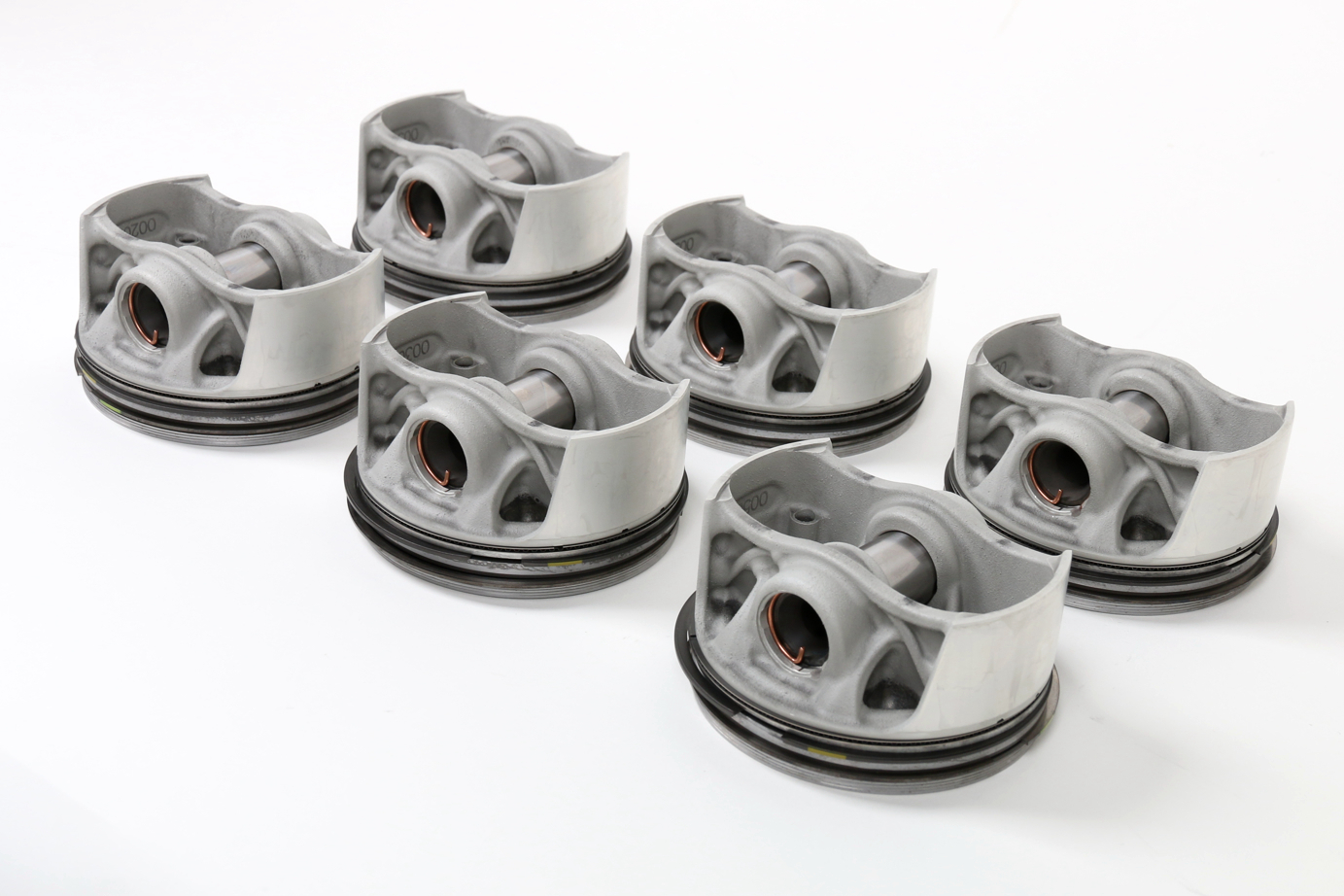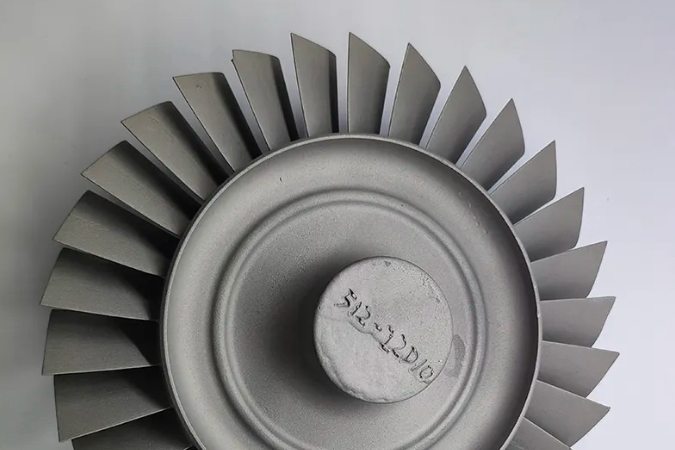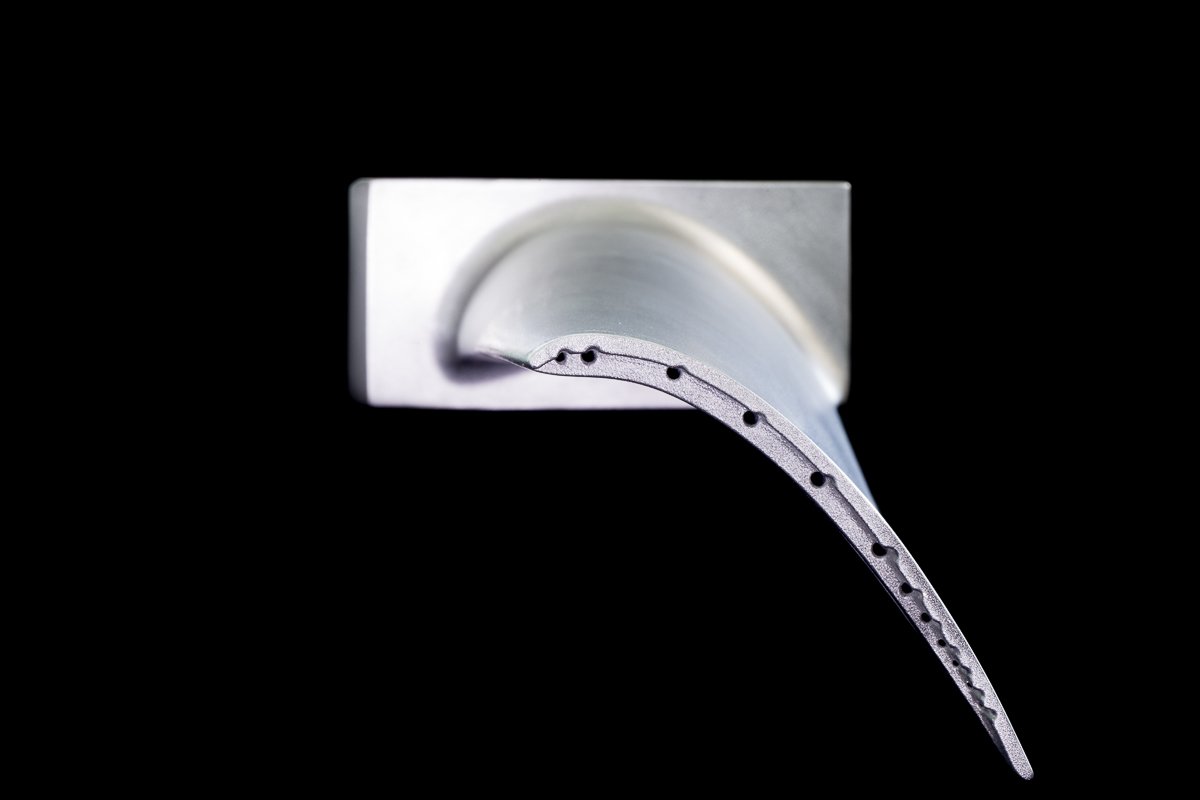Defect Minimization in Equiaxed Crystal Casting: Reducing Porosity and Cracking

Equiaxed crystal casting is a widely used method in manufacturing high-temperature superalloy components, especially in aerospace, power generation, and defense industries. However, like all casting processes, it can lead to defects that negatively impact the performance and reliability of the final product. Two of the most common defects in equiaxed crystal casting are porosity and cracking, which can compromise the component's strength, fatigue resistance, and thermal performance.
To minimize these defects, it's critical to maintain precise control over several aspects of the manufacturing process. One key factor is the alloy composition, as the right balance of elements can significantly reduce the likelihood of unwanted reactions that lead to porosity or cracking. Additionally, post-processing methods such as heat treatment and hot isostatic pressing (HIP) are effective for closing pores and reducing internal stresses that may lead to cracking.
Rigorous testing procedures are also essential in detecting and addressing defects early in the production cycle. Techniques such as X-ray inspection, 3D scanning, and tensile testing help ensure that components meet the stringent requirements for aerospace and power generation applications.
By implementing these strategies, manufacturers can improve the reliability and performance of equiaxed crystal castings, ensuring that high-performance superalloy components are free of defects and ready for demanding applications in high-temperature environments.
Manufacturing Process
The manufacturing of superalloy components via equiaxed crystal casting involves the careful control of multiple factors, from the alloy's melting to the casting's cooling and solidification. Defects such as porosity and cracking often occur due to improper handling at any stage, so the entire procedure must be tightly controlled to minimize their occurrence. Advanced casting techniques help mitigate these challenges and improve the overall quality of the final part.
Alloy Melting and Temperature Control
The first step in the equiaxed crystal casting process involves melting the superalloy. Most high-temperature alloys, such as Inconel 718, CMSX-10, and Rene N5, are initially melted in a vacuum induction furnace (VIM) or an electron beam furnace to maintain purity and control over the melting temperature. Proper melting temperature control is crucial to prevent the formation of undesirable phases or segregation of alloying elements that can lead to defects such as porosity. Vacuum induction melting is a common technique to achieve this, as it helps maintain a controlled environment free from atmospheric contaminants.
One of the primary causes of porosity in casting is the formation of gas bubbles during the melting process. Gas inclusions can form if the alloy is overheated or if there is contamination from atmospheric gases such as oxygen or nitrogen. Using a vacuum or inert atmosphere during melting minimizes the risk of gas entrapment, reducing the likelihood of porosity. Controlling material purity is key to minimizing defects at this stage.
Pouring and Mold Filling
After the alloy is melted, it is poured into a mold, where it will begin to solidify. During this stage, controlling the pouring temperature and rate is essential to minimize the chances of cracking and porosity. The molten metal must be poured into the mold at the correct temperature, not too high to cause excessive thermal stresses or too low to cause incomplete mold cavity filling. Precision pouring techniques ensure that the pouring process is as efficient as possible.
Additionally, the mold design is a crucial factor. Invested sand or ceramic molds are often used to create complex geometries for superalloy components. Inaccurate mold design or poor gating systems can cause turbulence during the pouring process, forming gas pockets or trapped air, which results in porosity. Mold design optimization helps address these issues by ensuring proper gating and venting during pouring.
Solidification and Cooling
After the mold is filled, the superalloy begins to cool and solidify. The cooling rate must be controlled to allow for the uniform formation of equiaxed crystals, ensuring that the casting has a consistent microstructure. If the cooling is too rapid, thermal cracking can occur due to thermal gradients, while slow cooling can lead to the formation of coarse grains or even macrosegregation. Isothermal forging techniques can be applied here to ensure uniform cooling and prevent such defects.
Electromagnetic stirring or controlled cooling methods, such as cooling through a water-cooled mold or external heat shields, may be employed to prevent these issues. These techniques help to achieve uniform temperature distribution and reduce the likelihood of defects such as porosity and cracking. Electromagnetic stirring is often used to promote uniform solidification and avoid segregation during cooling.
Typical Superalloys
Superalloys, particularly those based on nickel, cobalt, or titanium, are essential for high-temperature applications. These alloys offer excellent mechanical properties, such as high strength, oxidation resistance, and thermal stability, making them ideal for demanding industries like aerospace, power generation, and chemical processing.
Nickel-Based Alloys
Nickel-based superalloys, such as Inconel 718, Inconel 625, and CMSX-4, are some of the most common materials used in equiaxed crystal casting. These alloys are chosen for their ability to maintain their strength and resistance to oxidation at high temperatures. The composition of these alloys includes elements like chromium, molybdenum, and niobium, which enhance their thermal stability. During casting, ensuring uniform distribution of these elements is critical to avoid issues such as phase segregation and porosity.
Cobalt-Based Alloys
Cobalt-based superalloys, such as Hastelloy C-276 and Stellite 6, are often used in environments where high resistance to corrosion and oxidation is needed, such as in chemical processing or marine applications. These alloys typically have a higher melting point than nickel-based superalloys, requiring more precise control during the casting process.
Titanium Alloys
Titanium-based superalloys, such as Ti-6Al-4V and Ti-6Al-2Sn-4Zr, are widely used in the aerospace industry due to their high strength-to-weight ratio and excellent corrosion resistance. While less susceptible to thermal cracking than other superalloys, titanium alloys can still experience issues like porosity if the casting process is not well-controlled.
Iron-Based Alloys
Though less common in equiaxed crystal casting, iron-based superalloys such as Hastelloy X or Nimonic 75 can be used in applications where the casting’s mechanical strength is not the most critical factor. While cheaper to produce, these alloys still require meticulous process control to avoid defects that could compromise the parts’ functionality.
Post-Processes Comparison
After casting the superalloy, it undergoes several post-processing steps to refine the material and improve its properties. These processes can help eliminate casting defects like porosity, cracking, or inclusions, making the final product suitable for high-performance applications. Post-processing methods such as Hot Isostatic Pressing (HIP) and precision heat treatment are essential in ensuring the material achieves optimal performance.
Heat Treatment
Heat treatment is one of the most common post-processing methods used to improve the mechanical properties of superalloys. The process typically includes solution treatment, where the alloy is heated to a specific temperature to dissolve undesirable phases, followed by aging, which strengthens the material by precipitating fine phases within the microstructure. In equiaxed crystal casting, heat treatment can help relieve residual stresses that may cause cracking and improve the alloy’s overall mechanical properties. Heat treatment is crucial in enhancing high-temperature strength while refining microstructures for better durability.
Hot Isostatic Pressing (HIP)
Hot isostatic pressing (HIP) is another common post-processing technique used to reduce porosity and increase the density of cast superalloy components. HIP involves subjecting the cast part to high pressure and temperature in a controlled environment, which causes the material to densify, filling in any voids or porosity. This process is particularly beneficial for reducing the effects of gas porosity that may have formed during the casting process. HIP is an excellent method for eliminating internal defects, while boosting strength and enhancing fatigue resistance in superalloy castings.
CNC Machining
CNC machining is used to refine the geometry of cast superalloy parts, especially when precise tolerances or complex shapes are required. The casting process often leaves rough surfaces or minor defects that must be smoothed out. CNC machining allows for fine-tuning of the part, ensuring it meets design specifications. Consistent alloy composition and defect-free casting are critical to prevent problems during machining, such as excessive tool wear or part distortion. EDM can also be employed to achieve tight tolerances in intricate geometries, while the uniformity of casting helps reduce post-machining adjustments.
Surface Treatment
Surface treatments, such as thermal barrier coatings (TBC) or shot peening, can further enhance the properties of superalloy components. These treatments are particularly effective at improving the part’s resistance to oxidation, corrosion, and fatigue. Surface coatings can also reduce the effects of surface cracks or porosity, further extending the component's lifespan. Applying thermal barrier coatings improves the resistance to extreme thermal cycling, while shot peening can increase surface durability and fatigue life in high-performance applications.
Testing
Testing is essential to ensure that cast superalloy parts meet specifications and performance standards. Various testing methods can help identify defects like porosity, cracking, or inclusions that may not be visible to the naked eye.
Non-Destructive Testing (NDT)
Techniques like X-ray inspection, ultrasonic testing, and eddy current testing are commonly used to detect internal defects such as porosity and cracks. These methods are critical for ensuring that the cast part is free from defects that could compromise its structural integrity. X-ray testing, for example, can provide detailed images of the internal structure of the casting, identifying areas with high porosity or inclusions.
Tensile Testing
Tensile testing is performed to evaluate the mechanical strength of superalloy components. This test measures how the material behaves under stress, critical for identifying defects that may lead to premature failure. Parts with porosity or cracks may exhibit reduced tensile strength, making tensile testing essential in ensuring part reliability.
Metallographic Inspection
Metallographic inspection involves examining the microstructure of the cast superalloy to assess the distribution of grains, phases, and any defects such as porosity or cracking. Microscopic examination of the material helps verify that the casting process has resulted in a uniform structure and that the alloy composition is consistent throughout the part.
Prototyping Process (Superalloy CNC Machining, Superalloy 3D Printing)
Prototyping is crucial in identifying and addressing potential defects before full-scale production begins. CNC machining and 3D printing are two advanced techniques for prototyping superalloy parts.
CNC Machining for Superalloys
CNC machining is used to refine cast components, remove excess material, and ensure precise tolerances. After casting, any surface defects can be corrected through machining, improving the part's overall quality. Superalloy CNC machining helps to enhance part accuracy and ensures high dimensional stability in the final component. This is particularly important for components used in aerospace, defense, and high-performance industrial applications.
Additive Manufacturing (3D Printing)
3D printing is increasingly being used to produce superalloy components. This method allows for producing complex geometries with less risk of defects such as porosity and cracking. Additionally, superalloy 3D printing can optimize material properties by controlling the cooling rates during the printing process, ensuring that the final part has enhanced mechanical properties and performance.
FAQs
What are the primary causes of porosity and cracking in equiaxed crystal casting?
How does electromagnetic stirring reduce the risk of defects during equiaxed crystal casting?
What are the benefits of using Hot Isostatic Pressing (HIP) in superalloy post-processing?
How does CNC machining help eliminate defects after the casting process?
What are the advantages of using 3D printing in superalloy prototyping?




